3 ways no-code can provide inclusive care to individuals with Down syndrome
Around 1 in 700 babies born every year in the US have Down syndrome.
Average life expectancy of Down syndrome patients has increased. Thanks to medical advancements, they can now live greater than 60 years of age.
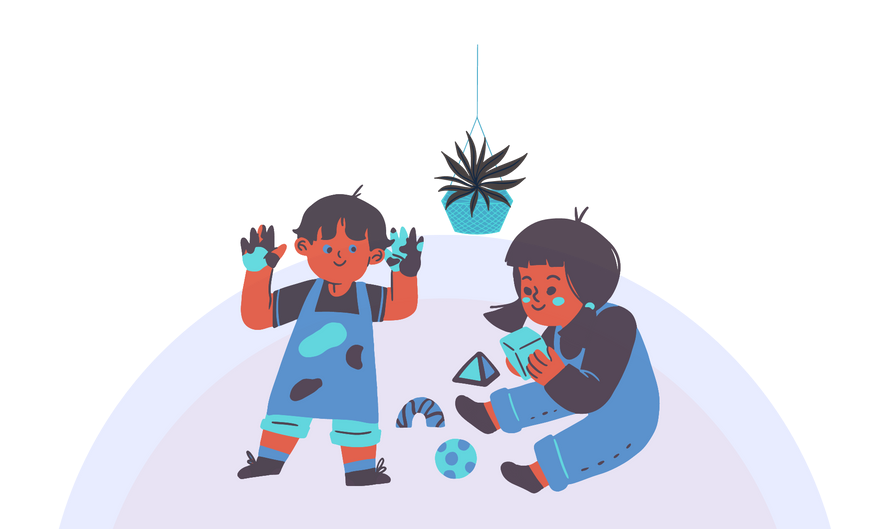
Four important ways in which no code can provide inclusive care to patients with Down syndrome.
1. Personalized care
Down syndrome is a genetic condition that influences an individual throughout life. (1) Around 1 in 700 babies born every year have this chromosomal abnormality. (2) Average life expectancy of these individuals have increased dramatically and now, people with Down syndrome can live beyond 60 years of age. (1)
However, these individuals often face health complications such as increased rates of infection, heart defects, leukemia, thyroid issues, hearing and vision problems, disturbed sleep, learning disability, dementia and other psychiatric disorders. (3)
An increased risk of health complications along with special needs means that each patient is unique and therefore, requires long-term personalized care that caters to their needs and demands. These unique needs are often not met through traditional methods of healthcare delivery.
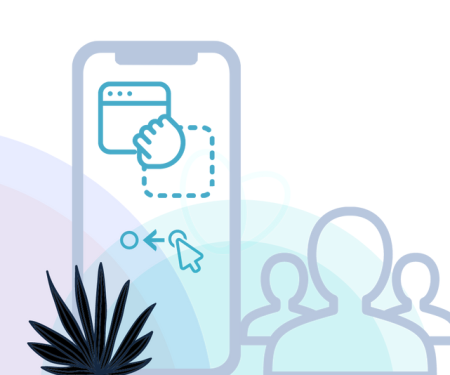
Health tech transformations in care delivery has enabled healthcare systems to deliver personalized care in an unprecedented manner. By using no-code, care providers can develop their own care programs which not only follow the evidence-based guidelines, but also allow for personalization of the care program in a way that meets the needs of individuals with Down syndrome.
2. Visual all-in-one technology
Individuals with Down syndrome have a distinct preference for visual learning. (4) Because of this, it is advisable that any health technology application that is meant to be used by them, has strong visual cues. Examples of such visual cues can be apps with calendars, clocks, timetable, photo diaries etc. to perform healthcare related activities such as medication and appointment reminders, lifestyle management, etc. (5)
No-code platforms allow citizen developers to create applications that fit their particular requirements. Since these applications can be developed in a short period of time with relatively less monetary investment, it is possible to focus more on making it visually accessible to Down syndrome users. These applications can act as all-in-one solutions that encompass the experience of chronic care models.
3. Quality of life and holistic care
As individuals with Down syndrome live longer, it is imperative to consider the relevance of quality of life issues. (6) Psychosocial models of healthcare which allow for incorporation of physical and mental wellbeing are preferred. This requires multiple care teams to get involved in patient care over a long duration of time.
It is important to note that quality of life may fluctuate as the individual ages. At every step, proper intervention leads to improved outcomes. Therefore, various care teams are often involved with the patient at the same time.
Constant monitoring of quality of life along with communication and coordination between care teams is particularly important. Any care plan that is made, needs to involve patient, their families and external support systems that aid.
4. Saves time and resources
A study showed that individuals with Down syndrome are using technology for almost six hours a day. (7) However, health tech accessibility for Down syndrome patients varies. Developers often do not have the resources to cater to the needs of their users and this leads to difficulty of access. An example of such a problem is the amount of background activity happening in the app, which can cause confusion. (5)
Since traditional methods of developing health tech applications takes a lot of investment in terms of money and time, the needs of Down syndrome community remain largely unmet. Using no-code platform can allow for faster development of personalized apps. Moreover, it empowers individuals with Down syndrome to contribute to an ecosystem where they are equal shareholders in the design of the app.
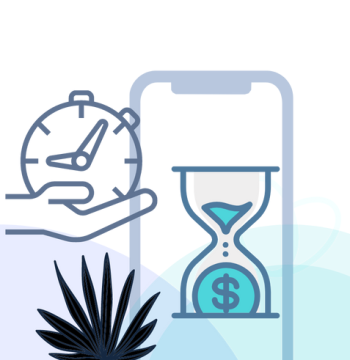
Conclusion:
No-code is the gateway to a new frontier of healthcare technology. By allowing development of personalized and holistic care programs and applications, no-code platforms empower their users by meeting their needs as they are.
Bibliography
- About Down syndrome [Internet]. [cited 2022 Jun 29]. Available from: https://www.down-syndrome.org/en-gb/about-down-syndrome?_ga=2.70895568.1341666651.1656442835-1378824622.1656442835
- Data and Statistics on Down Syndrome | CDC [Internet]. [cited 2022 Jun 29]. Available from: https://www.cdc.gov/ncbddd/birthdefects/downsyndrome/data.html
- Health and medical issues for people with Down syndrome [Internet]. [cited 2022 Jun 29]. Available from: https://www.down-syndrome.org/en-gb/about-down-syndrome/health?_ga=2.66839790.1341666651.1656442835-1378824622.1656442835
- Strengths & Challenges of Down Syndrome | Time4Learning [Internet]. [cited 2022 Jun 29]. Available from: https://www.time4learning.com/homeschooling/special-needs/down-syndrome/strengths-challenges.html
- Down’s syndrome: Top tech for learning, fun, organisation | AbilityNet [Internet]. [cited 2022 Jun 29]. Available from: https://abilitynet.org.uk/news-blogs/downs-syndrome-top-tech-learning-fun-organisation
- Brown R. Down syndrome and quality of life: some challenges for future practice. Down Syndr Res Pract. 1994 Jan 1;2(1):19–30.
- Fritz MN, Fritz MN. ScholarWorks@UARK ScholarWorks@UARK Rehabilitation, Human Resources and Communication Disorders Undergraduate Honors Theses Rehabilitation, Human Resources and Communication Disorders The Impact of Technology on Individuals with Down Syndrome The Impact of Technology on Individuals with Down Syndrome and Their Families and Their Families Citation Citation. 2017 [cited 2022 Jun 29]; Available from: https://scholarworks.uark.edu/rhrcuht/49
Insights
-
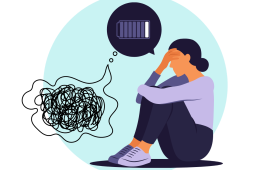
No-Code Tools for Managing Mental Health and Burnout in Healthcare Settings
Read more“P4” is a term that is often associated with future of medicine – prediction, prevention, personalization and patient participation. Many current health related technologies have already started moving towards the future and many more innovations are yet to come, that will make the goal of holistic medicine true.
-
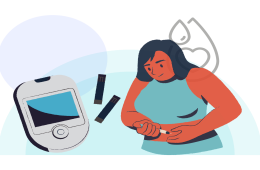
Impact of health technology on diabetes management
Read more“P4” is a term that is often associated with future of medicine – prediction, prevention, personalization and patient participation. Many current health related technologies have already started moving towards the future and many more innovations are yet to come, that will make the goal of holistic medicine true.
